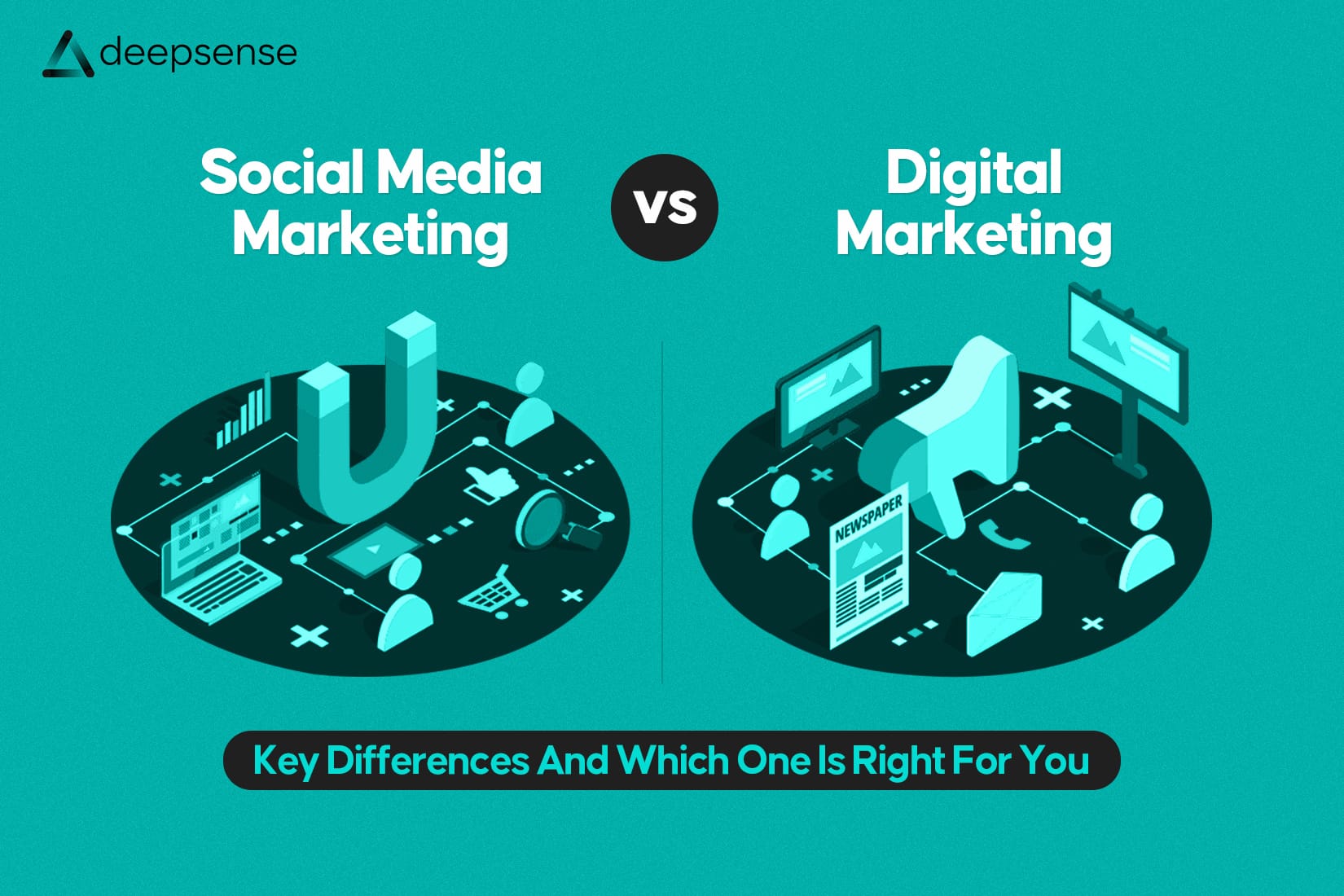Introduction
Freelancing isn’t just about being good at what you do anymore. You could be an incredible copywriter, a brilliant SEO consultant, or a paid ads expert who knows how to squeeze 10x ROAS from a tight budget. But none of that matters if clients can’t find you, don’t remember you, or don’t understand the value you bring.
Freelancing today is about playing two roles: the expert and the marketer. And in the noisy, algorithm-driven, short-attention-span world we live in, it’s your digital marketing strategy that will either make you someone’s go-to or just another name in the inbox.
If you’re serious about freelancing, meaning, you want consistent, high-quality clients, predictable income, and a business that grows while you sleep, this guide is for you.
Let’s dive into the 10 digital marketing strategies every freelancer needs to stop chasing clients and start attracting them.
1. Your Website Should Work as Hard as You Do
Think of your website as your best salesperson; available 24/7, never asks for a raise, and doesn’t take coffee breaks. But most freelancer websites don’t sell; they showcase. That’s a problem.
Here’s what a high-performing freelancer site needs:
- Conversion-focused pages for each service you offer. These pages should be keyword-rich, answer buyer questions, and include specific outcomes you deliver.
- A lead magnet to build your email list. Maybe it’s a free audit, a resource, or a short workshop.
- Testimonials with context. “Great to work with” doesn’t sell. “Increased lead quality by 48% in 6 weeks using custom landing pages” does.
- A blog that ranks. Target long-tail keywords. Write like you’re answering a potential client’s burning question.
If you’re serious, install tools like Google Analytics 4, Microsoft Clarity, and Hotjar to track how users behave on your site. Heatmaps, scroll depth, click tracking, this is where you find the gold for improving conversions.
2. LinkedIn: Your Freelance Goldmine
If you’re freelancing for businesses, especially in the B2B space, LinkedIn is where your dream clients are hanging out during their lunch break. But showing up once a month with a client testimonial or resharing someone else’s post won’t cut it.
Here’s how to actually use LinkedIn as a revenue stream:
- Optimize your profile. Think like a client. Instead of “Freelance Designer,” try something like “Helping SaaS startups boost retention through conversion-focused UX design.”
- Create content consistently. You don’t need to go viral. You just need to be helpful. Break down real-world examples, explain your process, or share “mini-wins” from your projects.
- Engage with potential leads. Don’t pitch in the comments. Add value, ask questions, build relationships. The inbound leads will follow.
According to LinkedIn, 4 out of 5 members drive business decisions. Be visible, be valuable, and you’ll become the default choice.
3. Long-Tail SEO: The Smart Way to Rank (and Convert)
Too many freelancers try to rank for keywords that are either way too competitive or too broad to convert. If you’re aiming for “freelance marketer,” you’re swimming with whales. But go for “freelance email marketer for DTC skincare brands,” and you’re speaking directly to the buyer.
Here’s how to nail it:
- Use tools like Ahrefs, AnswerThePublic, or Keywords Everywhere to find long-tail keywords clients actually search.
- Write blog posts and service pages targeting these exact phrases.
- Include real-world examples, data, and visuals in your content to increase time-on-site and rank faster.
Bonus tip: Write content that answers questions before someone gets on a call with you. That’s how you convert traffic into warm leads without a sales pitch.
4. Build an Email List You Actually Use
I know what you’re thinking: “Do people still read emails?” The answer is yes, especially decision-makers. Your email list is the only audience you truly own. Social platforms can change their algorithm overnight, but your email list? That’s yours.
Start with something valuable:
- A free guide specific to your niche.
- A mini video series teaching a technique you’re known for.
- A template they can plug and play.
Once they’re in, don’t just blast random updates. Segment your list and send content that matches what they signed up for. Teach, share case studies, drop industry trends, and occasionally pitch your services or products.
Need a number to make it real? The average ROI of email marketing is $42 for every $1 spent. That’s not just good,it’s game-changing.
5. Position Yourself as a Thought Leader, Not a Service Provider
You’re not just someone who executes. You’re someone who thinks critically, sees trends before they explode, and solves real problems. That’s thought leadership, and it’s your best marketing asset.
Where to start:
- Write on Medium, Substack, or your own blog.
- Create in-depth LinkedIn posts or Twitter threads.
- Host webinars or live breakdowns of recent projects or trends.
- Share your frameworks. Your process is your IP. Make it visible.
The more you share your brain, the more people associate your name with value. When they need help, you’re already top of mind.
6. Run Small, Focused Paid Campaigns
Freelancers often think paid ads are too expensive. But you don’t need a massive budget to run smart campaigns. Even $100 per month, when used well, can drive results.
Try this:
- Create a lead magnet and run Facebook Lead Ads targeting startup founders or small business owners.
- Use Google Search Ads for terms like “freelance email strategist for Shopify brands.”
- Use LinkedIn Sponsored Messages to offer a free audit to your ideal client segment.
Track everything. Use UTMs, Google Tag Manager, and build a simple funnel using tools like Notion, Calendly, and MailerLite.
7. Turn Every Client Win into a Case Study
When a project goes well, don’t just collect a testimonial. Turn it into a full narrative.
Structure your case study like this:
- The Problem: What was broken or underperforming?
- The Strategy: What did you do, and why?
- The Process: How did you implement the solution?
- The Results: Backed by data and visuals.
You can use these across your website, in your LinkedIn content, or even as part of your email funnel. Proof sells.
8. Start a YouTube Channel or Build Video Assets
This isn’t just about becoming a “YouTuber.” This is about showing your expertise visually. Freelancers who explain things clearly on camera instantly earn more trust.
You don’t need fancy gear. A decent webcam, Loom, or your phone is enough to start.
Topics that work:
- Tutorials (e.g., “How I structure high-converting ad campaigns”)
- Behind-the-scenes of your client projects
- Industry commentary or news breakdowns
YouTube videos also show up in Google search. That’s long-term visibility you can’t buy.
9. Use Freelance Platforms; But Be Smart About It
Yes, Upwork, Contra, and Fiverr are crowded. But the right strategy can still land you high-paying clients.
Here’s the move:
- Niche down hard. Instead of “web developer,” be “Webflow designer for fintech brands.”
- Use industry keywords in your headline and bio.
- Request keyword-optimized reviews (e.g., “excellent email campaign strategist for my Shopify brand”).
Build relationships off-platform when possible. The goal isn’t to live on Upwork,it’s to use it as a discovery tool.
10. Make Data Your Co-Pilot
Every successful freelancer I know tracks their efforts. They don’t just guess what’s working, they know.
Install the following:
- Google Analytics 4 for site behavior.
- Search Console to see what keywords bring you traffic.
- Looker Studio to visualize performance.
- Notion or Airtable to track leads, proposals sent, closed deals, and feedback.
Check these regularly. Double down on what works. Cut what doesn’t. And keep optimizing.
Final Thoughts
Freelancing today isn’t about waiting for referrals or hoping someone stumbles across your LinkedIn profile. It’s about building a smart, multi-channel digital marketing strategy that positions you as the solution your ideal client is actively searching for.
You don’t need to implement all 10 strategies overnight. Start with 2 or 3, build momentum, track results, and iterate. Over time, you’ll go from chasing projects to curating your dream client list.
The best part? This is all within your control. You don’t need to raise funding, hire a team, or rent a workspace to make this work. You just need consistency, clarity, and the confidence to show your value online.
If you apply this seriously, you won’t just be a freelancer, you’ll be a brand.
FAQs
1. Which digital marketing skill is best for freelancing?
Search Engine Optimization (SEO) is often the best digital marketing skill for freelancing because it’s always in demand, offers long-term results for clients, and can be done remotely. Other high-paying skills include content marketing, social media management, Google Ads, and email marketing, especially when paired with analytics and copywriting skills.
2. What are the 7 types of digital marketing?
The 7 core types of digital marketing are:
- SEO (Search Engine Optimization)
- PPC (Pay-Per-Click Advertising)
- Content Marketing
- Social Media Marketing
- Email Marketing
- Affiliate Marketing
- Mobile Marketing
These strategies are often used in combination to reach and convert audiences online.
3. How to be a freelance digital marketer?
To become a freelance digital marketer:
- Learn and specialize in one or more digital marketing areas (like SEO or social media).
- Build a portfolio with real or sample projects.
- Use platforms like Upwork, Fiverr, Freelancer, or LinkedIn to find clients.
- Offer clear packages and pricing.
- Continuously upgrade your skills and ask for testimonials to grow your credibility.
4. Which strategy is best for digital marketing?
The best strategy depends on your goal, but a multi-channel approach combining SEO, content marketing, social media, and paid ads usually delivers the most impact. Tracking performance through analytics and adapting based on data is key to a successful strategy.
5. What is SEO in digital marketing?
SEO (Search Engine Optimization) is the process of improving your website’s visibility on search engines like Google. It involves optimizing content, improving site structure, using keywords, and building backlinks so your site ranks higher in organic (unpaid) search results.











